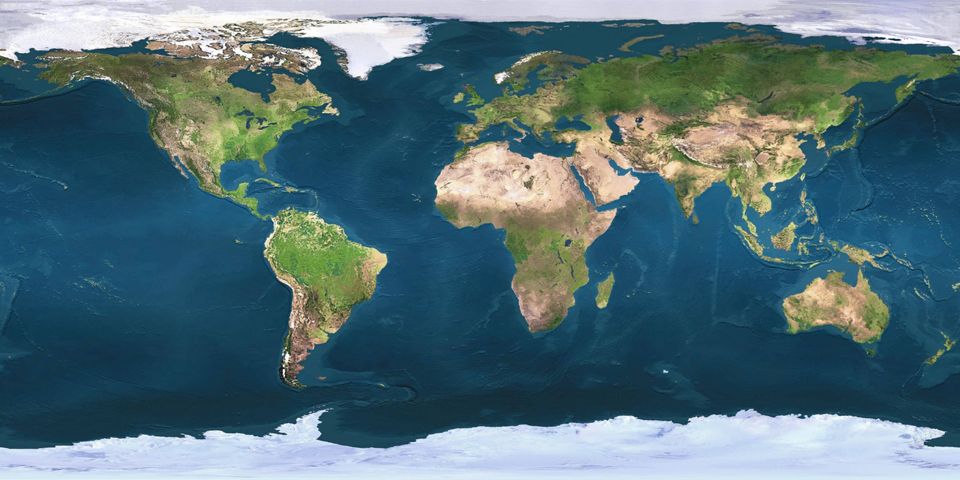2. Urbanisation
Worldwide urbanisation

We are witnessing a worldwide urbanisation which means an increase in the proportion of the total population that lives in urban areas (learn more).
While less than one-third of the world's population lived in cities in 1950 (30% was urban), about two-thirds is expected to live in urban areas by 2030. Almost 180,000 people are added to the urban population each day (UN-HABITAT 2001).
Urban dwellers are most numerous in Western Europe, North America, Japan, and Australia, while most of recent urbanisation is taking place in Asia, Africa, and Latin America. The largest urban agglomerations exist in the less developed world, the fastest-growing mega cities are in South and East Asia, whereas poor people will make up a large part of urban growth. By 2025 4 billion of the 5 billion urban dwellers are expected to live in the less developed world (De Blij, Murphy 2003, Pacione 2001, UNFPA 2008).
Additional material: Increase of world population
The urbanisation of the world shows every sign of continuing at an accelerating rate. The conditions as they were in the beginning of the last century, were turned upside down in about 100 years. Europe with more than half of the world's population before 1940 is now last together with Africa (Bronger 2004, Soja, Kanai 2007).
Have a look at the global population distribution on the images below.
Tasks: 1. Can you estimate the population density with the satellite image "World at day"?
2. Is this possible with the satellite image "World by night"?
3. In which countries is the population density the highest when analysing the thematic map?
4. Compare the thematic map with the satellite image "World by night". Are the high population densities comparable with the city lights? Where and where not?
Task: Review the following statement: "To a degree not seen before, no one on Earth is outside the sphere of influence of urban industrial capitalism" (Soja, Kanai 2007).

Source: Beckel 2007
